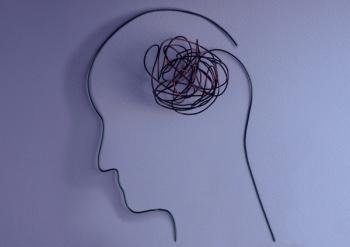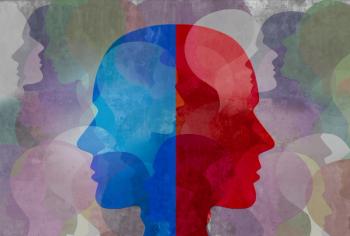
|Slideshows|December 16, 2019
8 Tips to Prevent Physician Burnout and Enhance Well-Being in 2020
Author(s)H. Steven Moffic, MD
We may have strong (psychological) bones, but they are still susceptible to stress fractures. Face the new year armed with these guidelines on combatting symptoms of burnout, written by an expert in the field.
Advertisement
Newsletter
Receive trusted psychiatric news, expert analysis, and clinical insights — subscribe today to support your practice and your patients.
Advertisement
Latest CME
Advertisement
Advertisement
Trending on Psychiatric Times
1
FDA Accepts Investigational New Drug Application for COMP360 for PTSD
2
New Phase 3 Clinical Vocal Biomarker Data on Brilaroxazine to Treat Negative Symptoms in Schizophrenia
3
Zervimesine May Slow Progression of Dementia With Lewy Bodies, Phase 2 Results Show
4
Accident, or Is It? The Watershed Area Between Trauma and Suicide
5

















